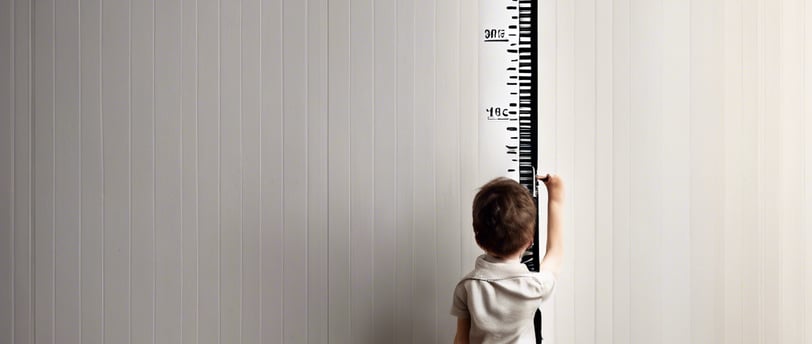Does a diagnosis help?
After months of uncertainty, multiple tests, and countless questions, we finally received a diagnosis for our daughter: Mulchandani-Bhoj-Conlin Syndrome, a rare genetic disorder. But what should have been a moment of clarity quickly became a new challenge. In this blog post, I share the emotional journey from diagnosis to advocacy—navigating a fragmented medical system in regional Australia, becoming an 'expert' on a rare condition, and learning that even with answers, the path forward isn’t always clear. Join me as I explore the highs and lows of managing a rare disorder and what it truly means to advocate for your child's health
10/21/20242 min read


After months of tube feeding with minimal improvement, and holding our breath for any answers or solutions, we finally received the results of Averley's genetic tests. The testing, which had been done in December, didn’t come through until March. The anticipation was intense, and when the results arrived, they left us with more questions than answers.
The test revealed large regions of homozygosity, a medical term that, to me, just meant there were similar genetic sequences on one chromosome pair. But what did it actually mean? Honestly, not much—except it led to further testing, this time for my husband and me. We underwent genetic testing to piece together how our genetic material could have contributed. The test we took was called a microarray, submitted for trio testing, which essentially compares DNA from the parents and child to look for matches (again, no scientist here). The wait was agonizing. Trio testing involves experts from across the globe, and in Australia, with our smaller population, we lack immediate access to those specialists.
By August, we finally had an answer: Averley was diagnosed with Mulchandani-Bhoj-Conlin Syndrome (MBCS), also known as mUPD20. It was such a relief—finally, a name for what had been a long, uncertain road. I dove into research, hunting for every scrap of information I could find on this rare syndrome. The challenge? When it comes to rare disorders, especially those that impact growth, reliable information is hard to come by.
I connected with support groups, read countless medical journals, and spent hours trying to make sense of each word. But living in regional Australia, it felt like we were on our own. No one had heard of this syndrome. I had to become the expert on my child’s condition, the one to advocate for her care and make sure she received the attention she needed.
Navigating the Australian medical system with a rare diagnosis is overwhelming. We have two streams: Health and Disability. When a health condition overlaps with a disability, finding the right path is complicated. Working with a multidisciplinary team sounds great in theory, but in reality, it’s a fragmented system with little direct access to specialists. There’s no one to call for a quick answer; doctors need to consult with other doctors, leaving you in limbo, trying to figure out who can help. Many of the specialists we saw had never even heard of her condition, which created a cycle of seeing one doctor, getting referred to another, and then being sent back to the first, all while feeling like I wasn’t part of the conversation.
So, did getting a diagnosis help? Yes and no. It brought a sense of relief—finally, I had a way to describe what we were facing and a loose roadmap of what to do next. But it didn’t magically solve everything. There’s no clear path forward, no instruction manual. I found myself second-guessing my own research, even though it was grounded in reputable sources. But at the same time, that research gave me the strength to advocate for Averley’s care, to push for what she needed, and to connect with other families walking a similar path.
In the end, the diagnosis wasn’t the final answer I’d hoped for, but it empowered me to take the reins and lead the way for my daughter’s care.
